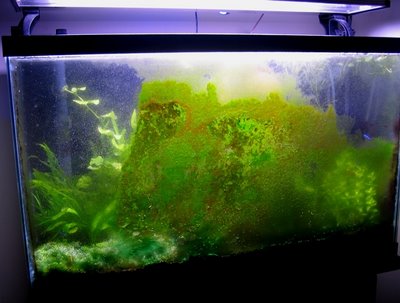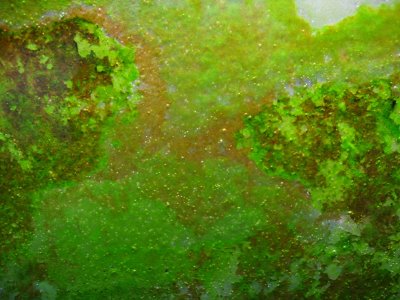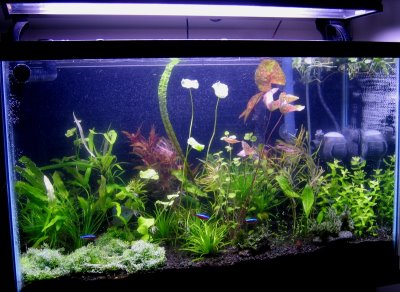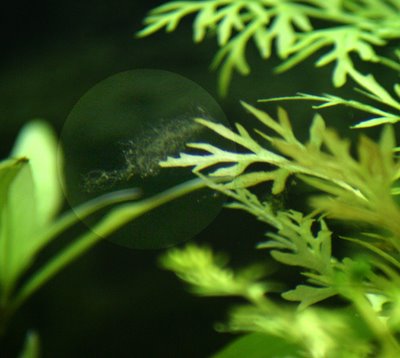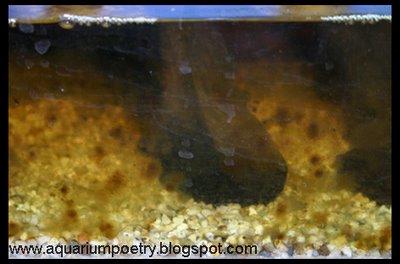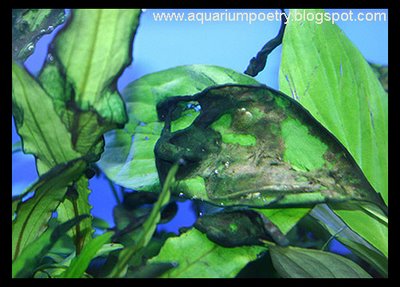What induces freshwater algae in planted aquariums?
Algae will flourish in unbalanced aquarium systems. What causes these unbalanced conditions?
It is of great importance to feed our plants on regular bases a well balanced diet with NO3, PO4, CO2 and other macro and micro elements.
In the past many believed that NO3 and especially PO4 can induce algae. It has been proven numerous times that these nutrients (even if overdosed) can not create algae issues. Actually the more we dose the less algae we get.
Plant nutrients in general have nothing to do neither with algae issues nor with fish/shrimp issues (dead/sick fish/shrimps) in planted tanks which are regularly dosed with fertilisers!
The question is; “Why do I get algae even though I dose NO3, PO4, CO2 and other nutrients on regular bases”?
The worst mistake many do in such cases is they start reducing nutrients out of fear that these nutrients might be creating the algae issue. Such nutrient reducing method will induce algae even more!
Let’s name the real reasons behind algae issues in planted aquariums which are dosed with nutrients on regular bases:
- Low Oxygen level
- Insufficient water circulation
- Organic build-up
- Un-cycled aquarium
Low Oxygen (O2) level can be caused by overstocking, high water temperature (summer time), dirty filters, overfeeding, weak surface agitation.
Insufficient water circulation can cause poor nutrient transport. Even though we dose enough of CO2, NO3, PO4 + traces the water flow has to be strong enough to deliver all those nutrients to the plants. Improve over all circulation (stronger pumps, more pumps).
Organics tend to build-up over time with feeding, fish-waste, rotting plant leaves, etc… Decomposing bacteria needs ample supplies of Oxygen in accordance to decompose Organics into inorganic compounds like NH4, NO3, PO4, and CO2 which plants can use up.
Shredders like shrimps and snails can help a lot in organic recycling. Bacteria can’t decompose bigger organic peaces fast enough. Shrimps and snails will eat dead plants leaves, un-eaten food or food trapped in gravel preventing them from rotting slowly.
Keep good O2 levels by creating a moderate surface agitation, keep the filters clean, keep good circulation, remove un-eaten food, remove old plant leaves, perform regular water changes, stock the tank with shrimps and snails and perform light gravel vacuuming every so often.
Un-cycled aquariums don’t have enough of beneficial bacteria to help in recycling organics and therefore Organics and NH4 might tend to build-up inducing algae. Cycle the aquarium by using following methods:
- Fishless Cycling
- Silent Cycling
- Jump Start
- Dry Start (I will mention this one in the following article since this one is best suited for planted tanks with nutrient rich substrate/soil).
Please do not reduce nutrients like NO3 and PO4 in planted tanks to fight algae! By reducing them you will only induce algae even more! NO3 and PO4 can cause algae issues ONLY if they are MISSING!












